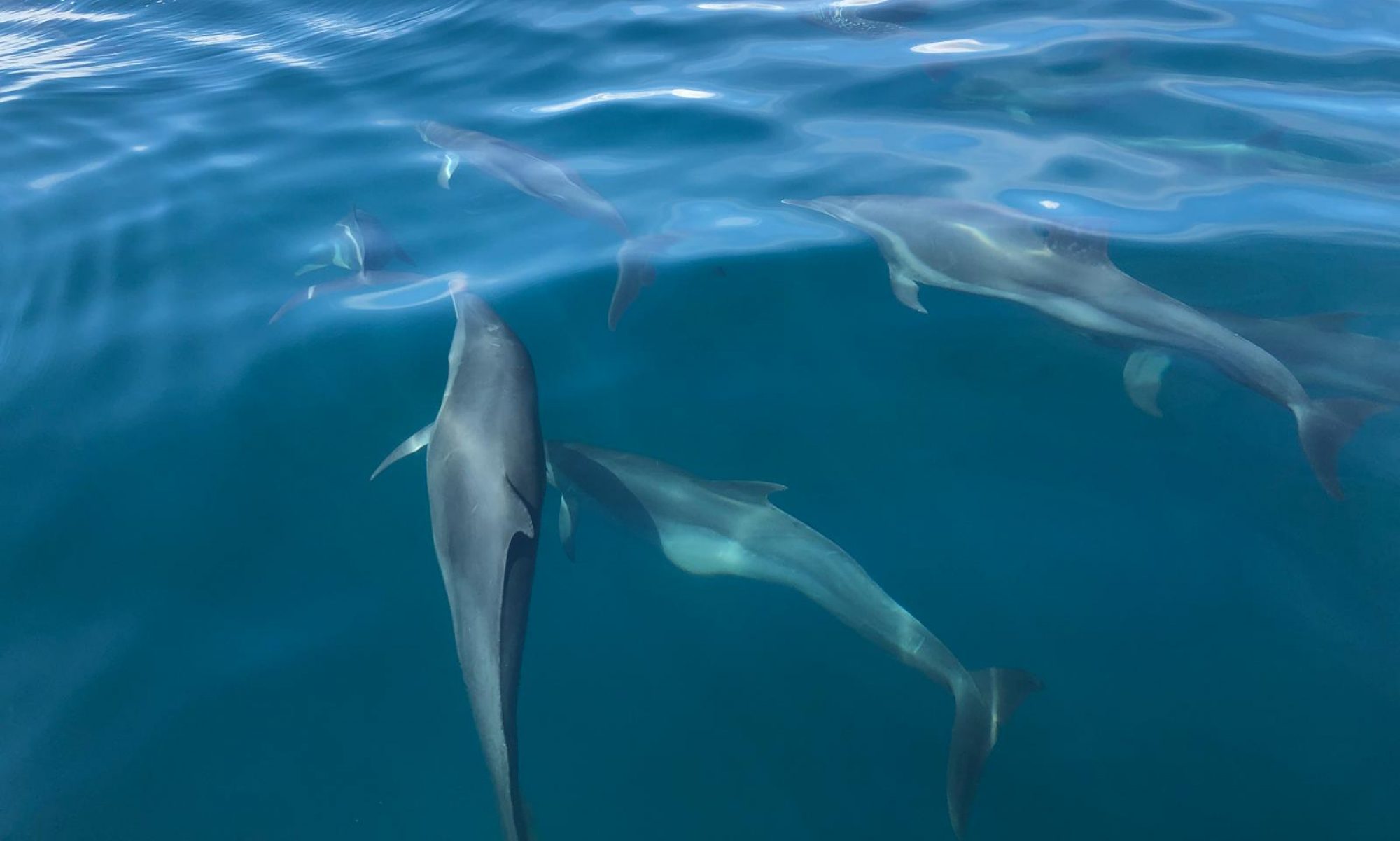Tropical Fjords
A fjord is a narrow, high-walled, and very long submerged glacial valley.
Fjords are formed when a descending glacier carves a U-shaped valley into the bedrock. Often, the force of the descending glacier carving into the bedrock is so strong that fjords tend to be deeper than the oceans that they empty into. Simply put, like river systems, fjords are extravagant previously frozen estuary systems.
The Golfo Dulce in Costa Rica is one of three tropical fjords found in the world, creating unique conditions to the surrounding coastal vegetation and the animals that have adapted to live and visit here. This unique aquatic habitat is home to a great diversity of marine life including dolphins, sea turtles, tropical fish including marlin, parrotfish, dorado, red snapper, over 87 species of stomatopods and decapods, and is an important place for humpback whales and whale sharks to both breed and give birth. The beaches surrounding the Golfo Dulce also serve as a major nesting ground for hawksbill, Olive Ridley and leatherback ocean turtles.
The topography of the Golfo Dulce (in Spanish “the sweet gulf”) is such that the mouth of the gulf has a depth of 50 m, while the interior region of the gulf reaches depth of over 200 m. These inner regions of great depth are highly saline and anoxic. Anaerobic sulfur-reducing bacteria, whose metabolism produces highly toxic by-products, thrive in these regions, while nitrates also become concentrated at these depths. It is therefore crucial that currents from the open ocean dilute these toxic compounds such that the gulf does not become uninhabitable.
The abundance of wildlife in the Golfo Dulce is thought to be attributed to its unique topography, which makes it a sanctuary for marine life. The shallow mouth of the gulf is subject to open ocean currents and circulate more rapidly than the inner regions of greater depth, the latter having an estuary-like pattern of water circulation. This inner region of estuary-like water circulation and great depth provides an ideal breeding ground for both mollusks and large animals such as the humpback whale as they are protected from the dangers of the open ocean.
The mouth of the Golfo Dulce is therefore crucial both for the circulation of the purifying currents entering the gulf and for the passage of marine life that uses the gulf at various times through the year.
